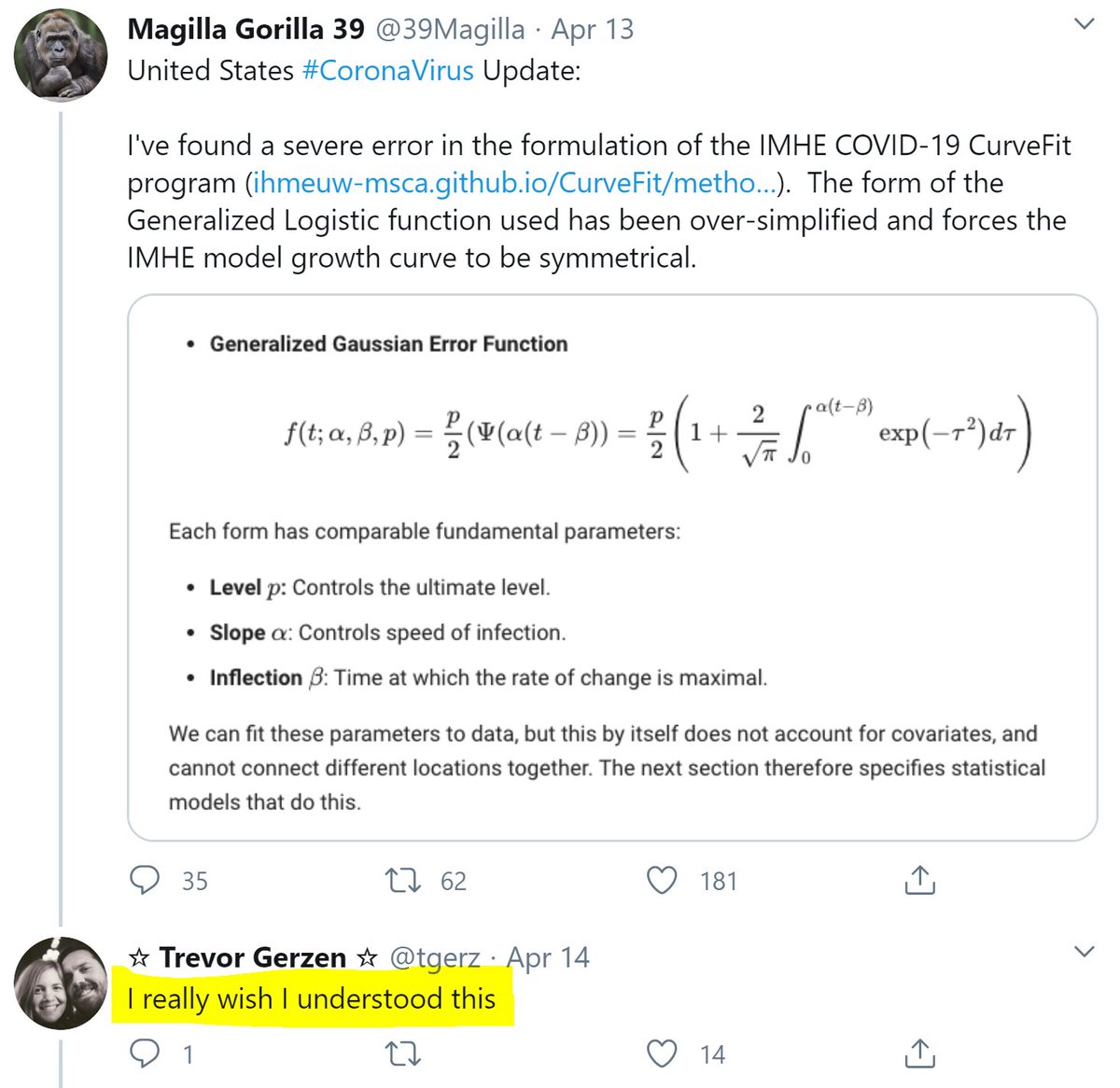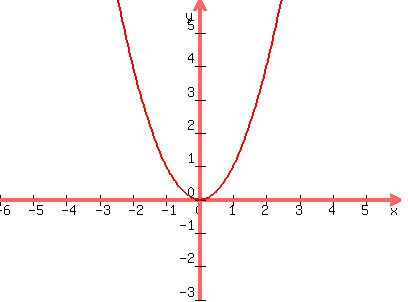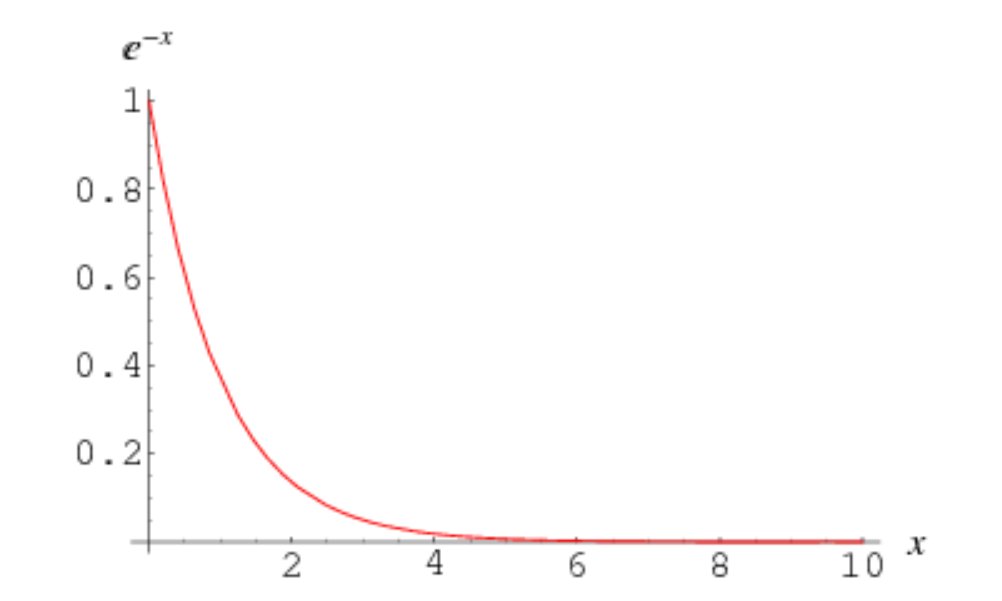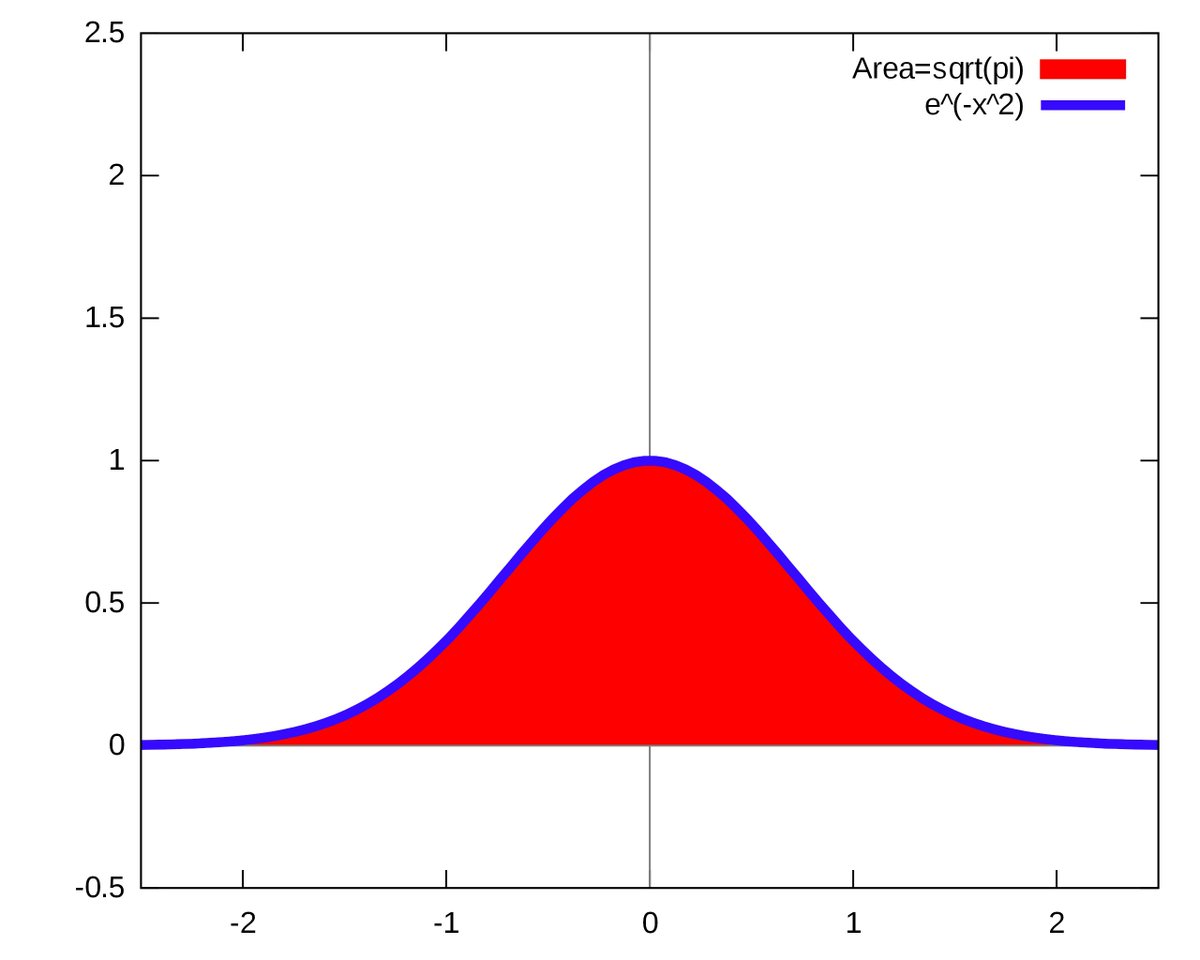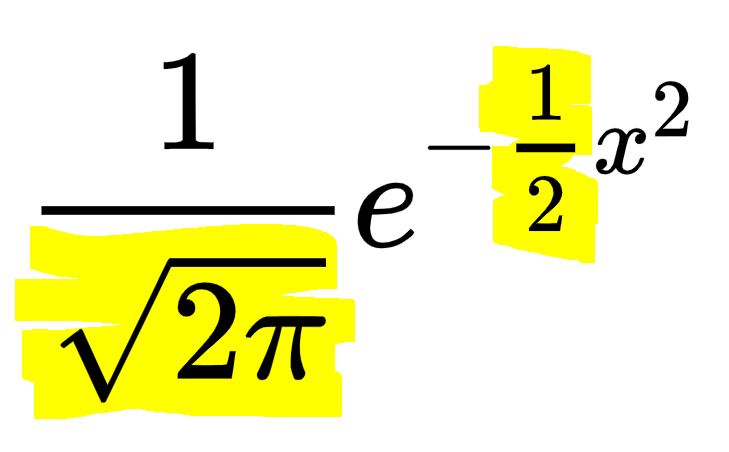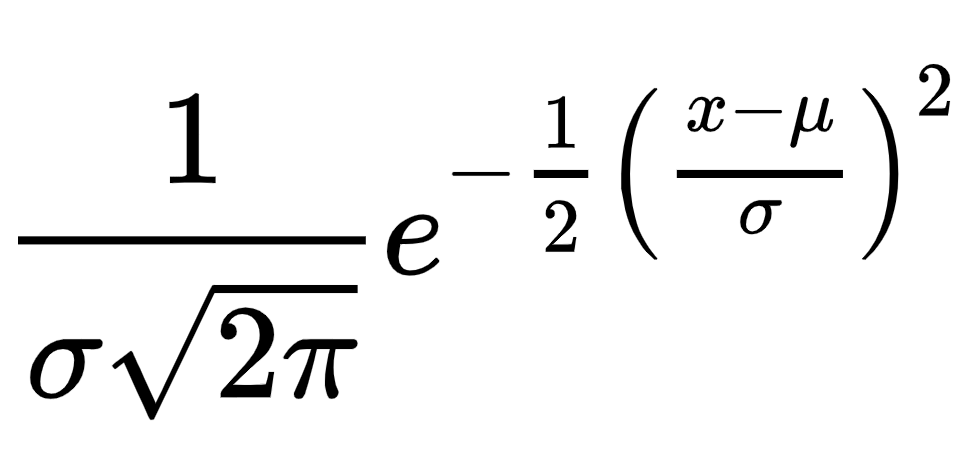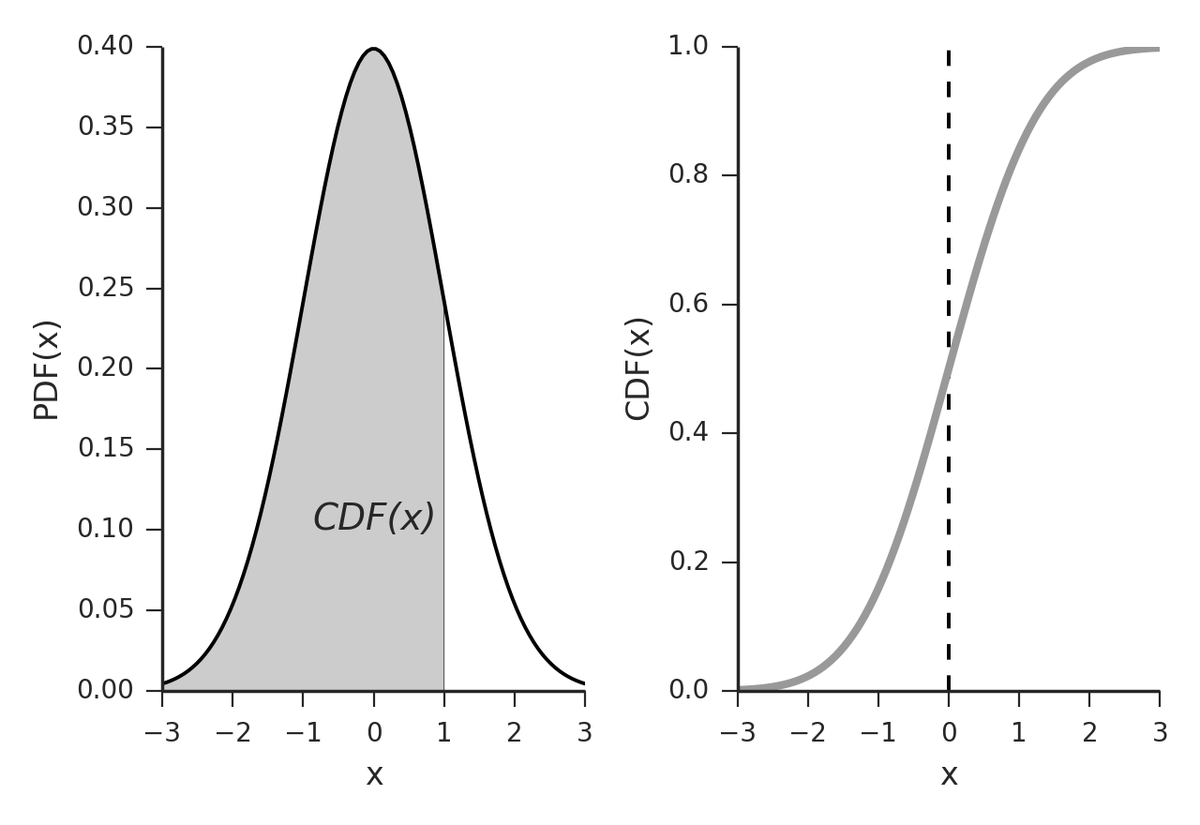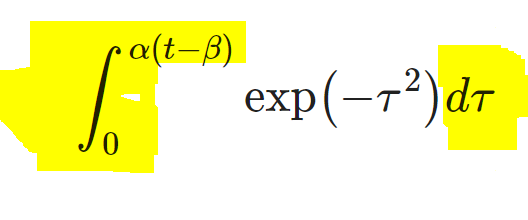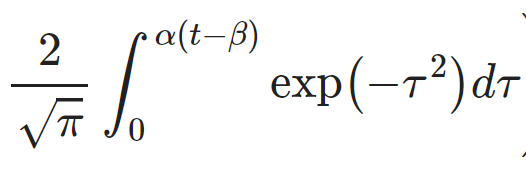Somehow we don't find the latter two things baffling now.
Input Square it then E to the power minus it
0 -> 0 -> 1
1 -> 1 -> 0.37
-1 -> 1 -> 0.37
2 (or -2) -> 4 -> 0.018
3 or -3 -> 9 -> 0.0001
y = e^(-x squared)
But it is.
But what if you want to be able to adjust the mean and standard deviation, and apply it to real life variables, like height?
STEP 1. Subtract the mean
STEP 2. Divide by the standard deviation
Quiz
If you take a sample of data, calculate the mean, and subtract that mean from each number, what is the mean of the results you get?
STEP 1.
Take a raw biological value of one person, like "1.82 metres", subtract the mean of the group which might be "1.62 metres", you get what?
STEP 2.
Divide by the SD, which happens to be "0.10 metres", what do you get?
At the far right (far future), it is plus 1.
In the middle, at time "beta", representing mid-epidemic, it is zero.
starts at 0% infected, not "-1"
ends at only a fraction "p" infected, not 100%.
Step 1. Add 1.
That fixes the start to be 0, not -1.
But the end is not 2, not p.
The right hand part says "normal distribution"
The left hand part says "scaled to go from 0 to some proportion p"
We just couldn't all read it when written in efficient mathematical terminology.
The [good bits of the] world is made by them!

